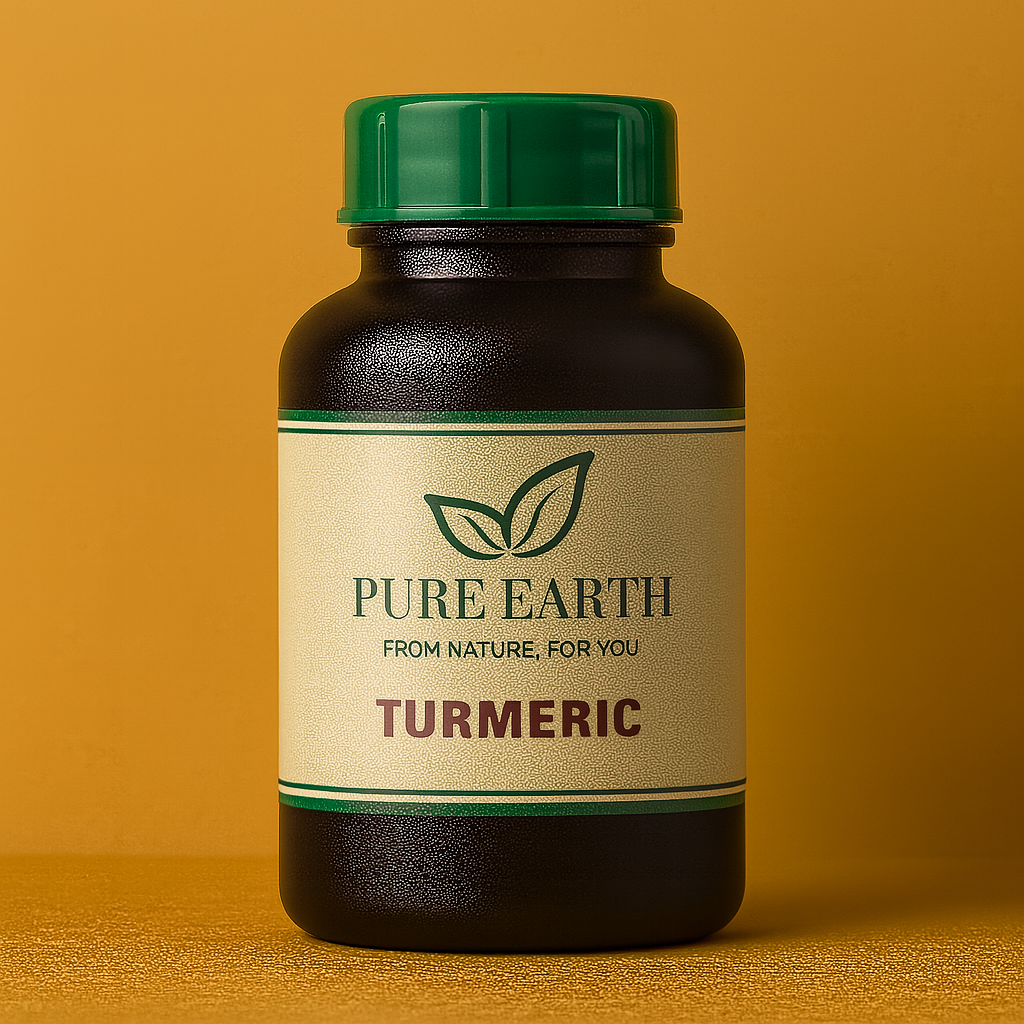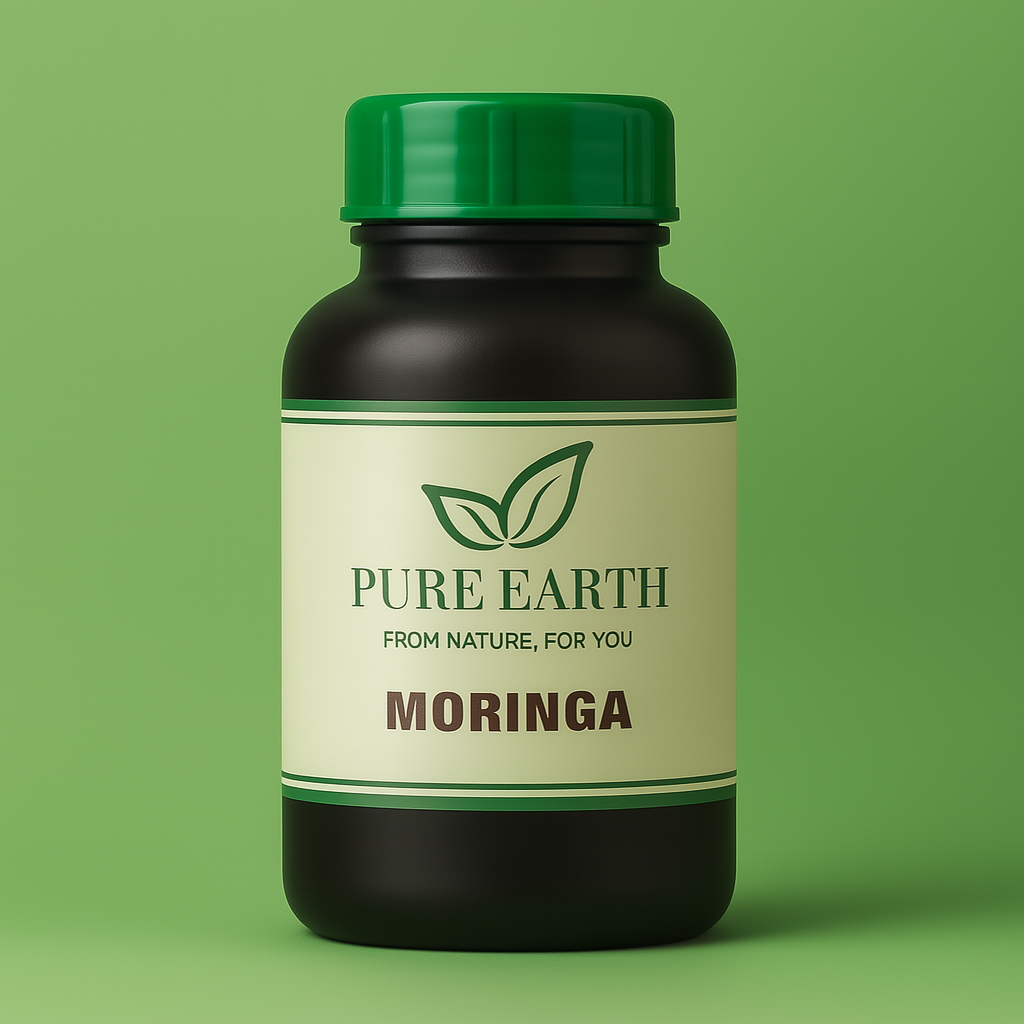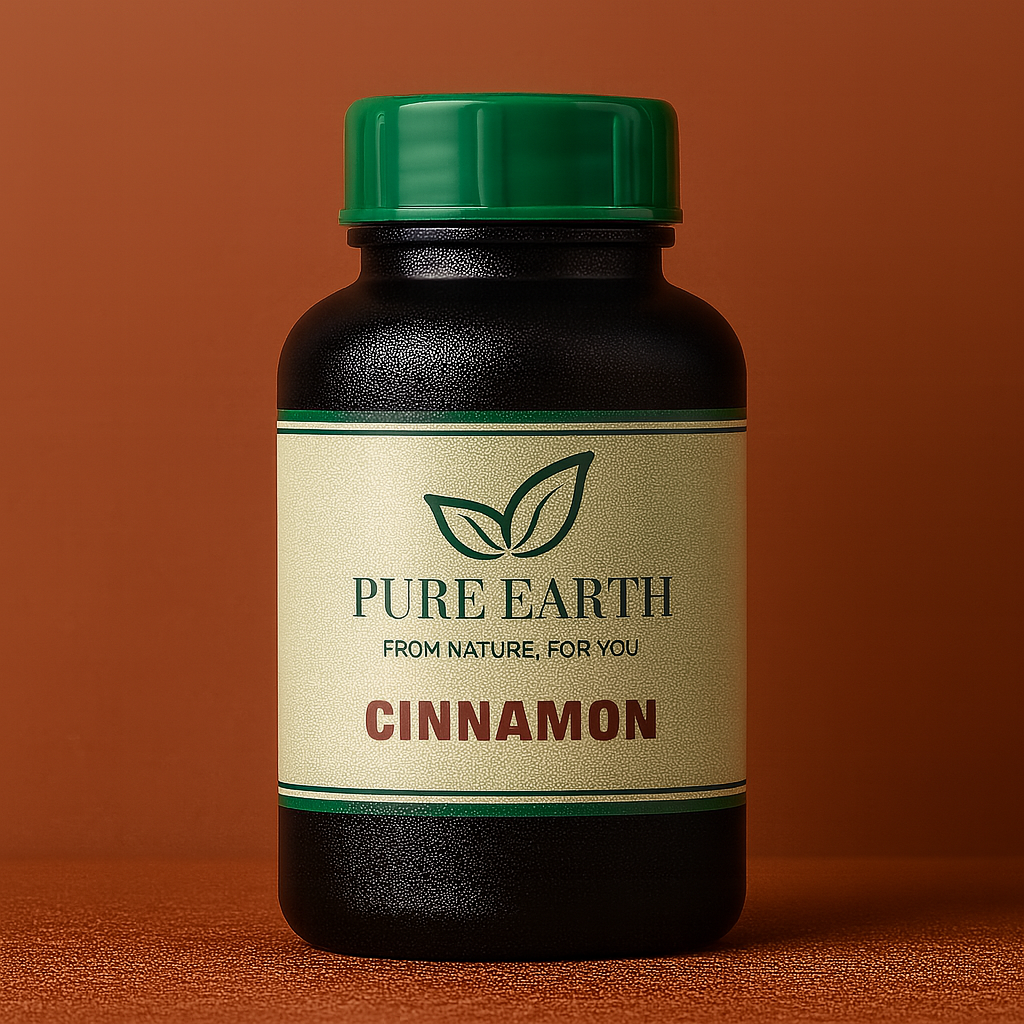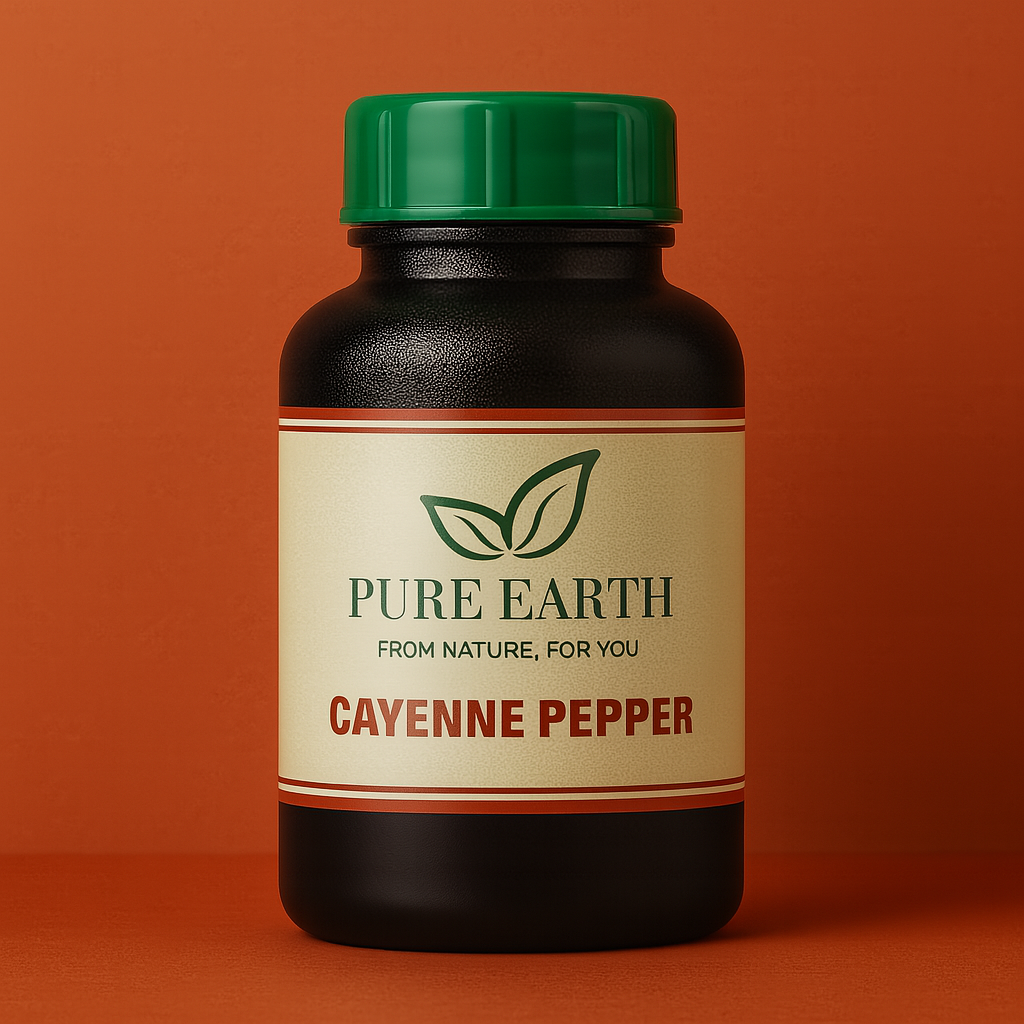A Glow That Heals and Honors
Turmeric (Curcuma longa) is more than spice — it is story, ritual, and rhythm. For over 4,000 years, this radiant golden root has colored hands, prayers, and healing traditions across continents. Known for its earthy warmth and protective energy, turmeric has been used to restore the body, cleanse the spirit, and mark sacred thresholds — from birth to union, from illness to recovery.
At pureEarth, our turmeric capsules are not just supplements — they are a continuation of this golden legacy. In this Rooted in History journey, we trace the deep roots of turmeric through the world’s most enduring wellness systems.
Africa: Root Medicine and Protection
Though not native to Africa, turmeric has been embraced by many African herbal systems and diaspora communities, especially across East Africa, South Africa, and the Caribbean. Healers often regard turmeric as a warming and cleansing root, used to:
- Stimulate circulation
- “Heat” the body in cold or sluggish states
- Cleanse the digestive tract
- Support postpartum recovery
In African traditional medicine, turmeric may be combined with cayenne, ginger, or black seed to create herbal blends for strength and immunity. In Southern Africa, some herbalists use it in skin ointments or teas to reduce inflammation and promote internal balance.
India & Ayurveda: The Sacred Spice of Life
In Ayurveda, India’s ancient system of natural medicine, turmeric is called “Haridra”, meaning “the yellow one.” It is classified as a powerful balancing herb with bitter, pungent, and heating qualities, traditionally used to:
- Purify the blood
- Strengthen digestion and agni (inner fire)
- Support liver function and skin clarity
- Balance all three doshas — vata, pitta, and kapha — depending on use
Turmeric is taken as golden milk (haldi doodh) to support vitality, mixed with honey and ghee to nourish the lungs, and applied as paste to relieve joint stiffness or clear the skin. It also plays a sacred role in life’s milestones — brides are adorned with turmeric paste before weddings as a symbol of protection, radiance, and purification.
Ancient Egypt: Glow of Preservation
While lesser known than black seed or aloe in Egyptian herbalism, turmeric did reach the Nile Valley via trade routes from India. Ancient Egyptian healers used imported turmeric in embalming rituals, skincare salves, and tonics believed to preserve youth and longevity.
Traditional Chinese Medicine (TCM): The Mover of Blood
In Traditional Chinese Medicine, turmeric is called Jiang Huang, meaning “Yellow Ginger.” It is used to:
- Invigorate the blood and promote circulation
- Reduce stagnation linked to physical or emotional blockages
- Ease menstrual discomfort
- Clear heat and dampness from the liver
Jamaica & the Caribbean: Bush Medicine & Daily Tea
In Jamaican bush medicine, turmeric — often called “yellow ginger” — is used in teas and tonic blends to soothe the stomach, cleanse the blood, warm the joints, and boost the immune system.
From Ancient Soil to Modern Supplement
Modern research validates turmeric’s rich curcumin content with antioxidant and anti-inflammatory properties supporting joint health, digestion, brain function, immune balance, and cardiovascular wellness.
A Golden Ritual, Reawakened
Turmeric is not a trend. It is ancestral. It has colored the fingertips of healers and the thresholds of temples. To take turmeric is to participate in an ancient lineage of self-care, ritual, and remembrance.
“Let the earth stain your fingers,” they said. “Let the gold of the root remind you — healing is a journey, not a moment.”




















